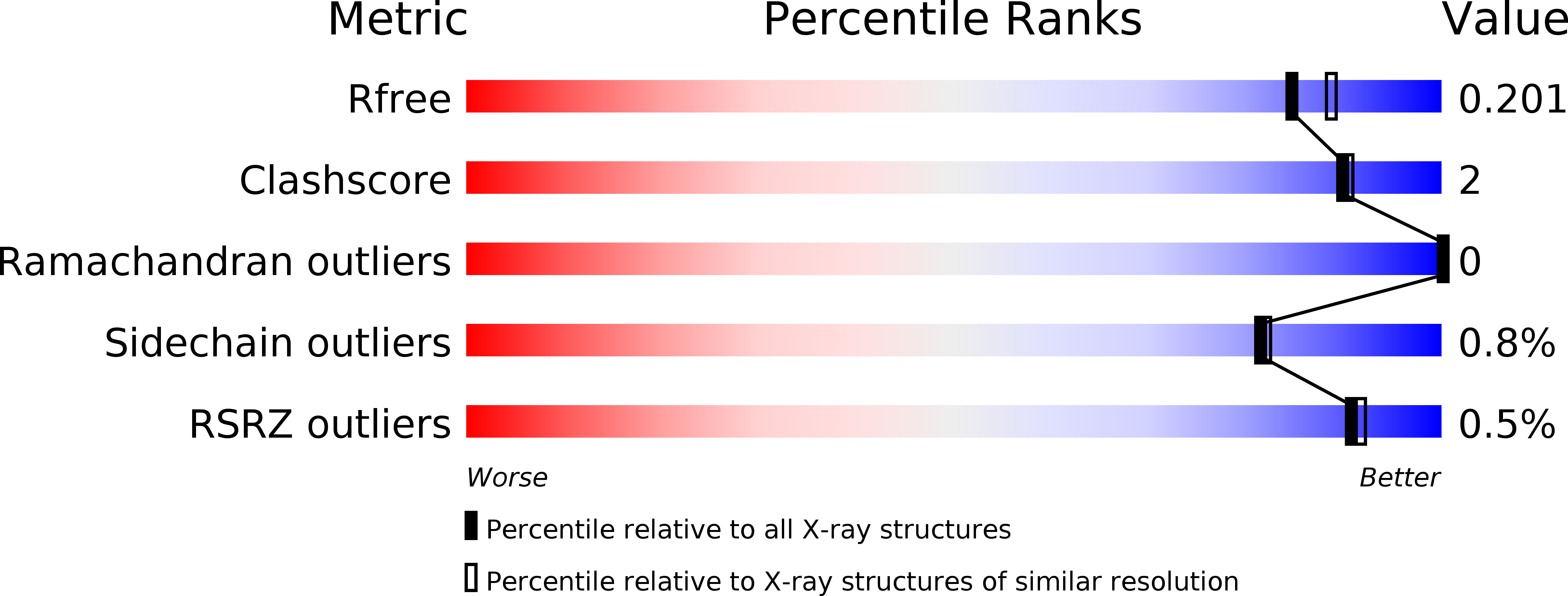
Deposition Date
2014-10-29
Release Date
2016-05-25
Last Version Date
2024-02-28
Entry Detail
PDB ID:
4ROX
Keywords:
Title:
Crystal Structure of P Domain of Hawaii Norovirus (GII.1)
Biological Source:
Source Organism:
Norovirus Hu/GII.1/7EK/Hawaii/1971/USA (Taxon ID: 1208060)
Host Organism:
Method Details:
Experimental Method:
Resolution:
1.89 Å
R-Value Free:
0.20
R-Value Work:
0.17
R-Value Observed:
0.17
Space Group:
C 1 2 1


